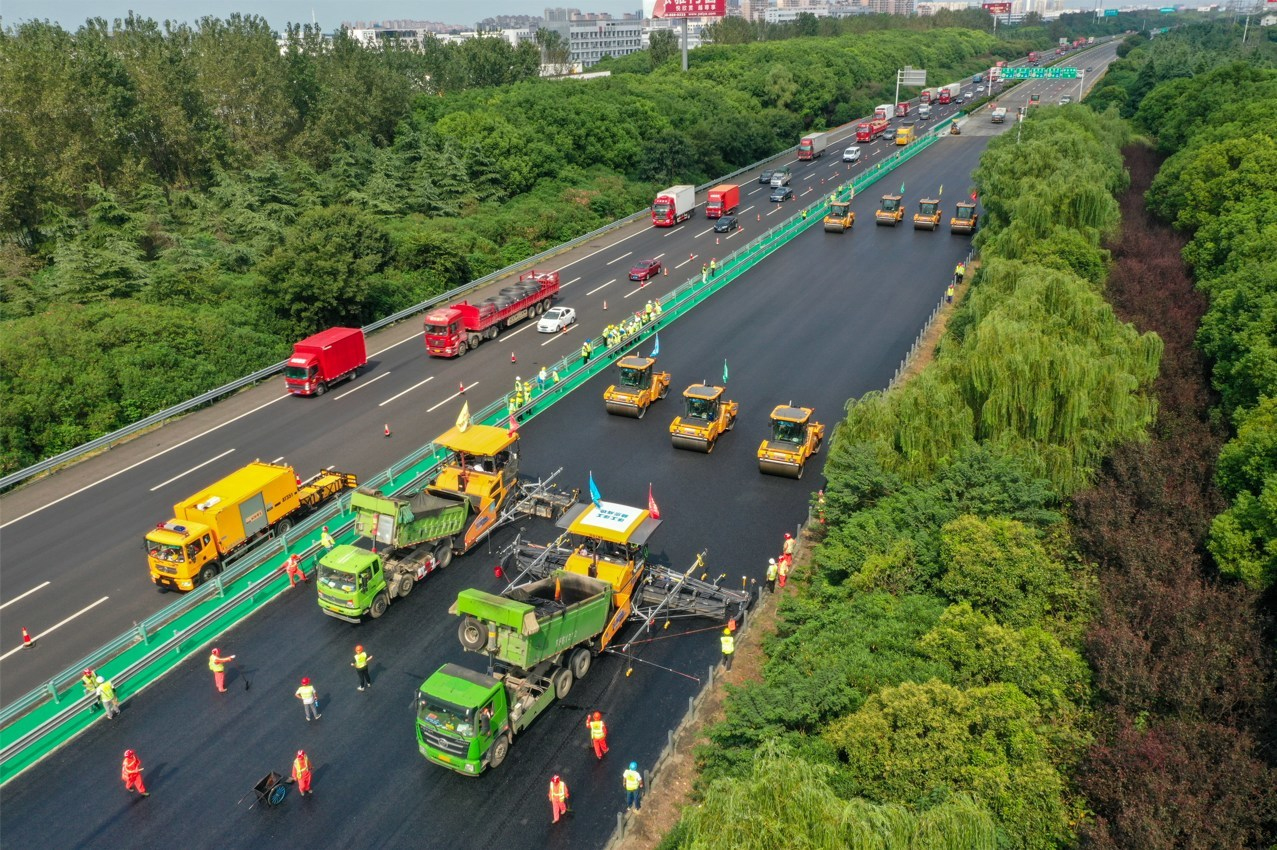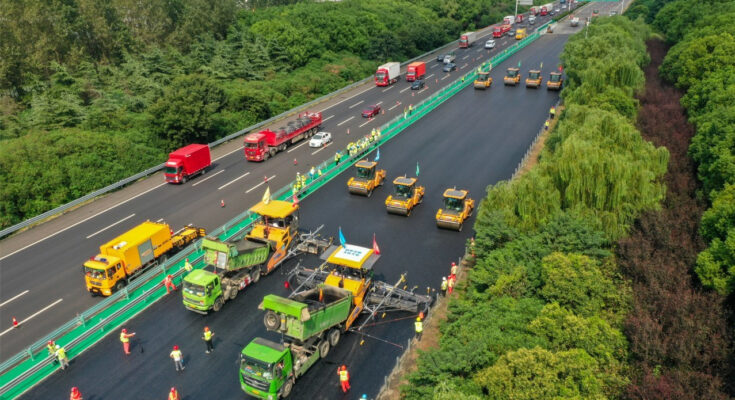In a remarkable display of technological innovation, China has successfully resurfaced a 158-kilometer (98.18-mile) highway using drones and robots, marking a significant milestone in the construction industry. This groundbreaking project, located in Fujian Province, showcases how automation and cutting-edge technology can revolutionize large-scale infrastructure development, offering faster, safer, and more efficient solutions to modern engineering challenges.

The Problem with Traditional Methods
Highway resurfacing is a critical but labor-intensive process that often requires significant time, resources, and manpower. Traditional methods involve heavy machinery, manual labor, and meticulous planning, which can lead to delays, cost overruns, and safety risks for workers. Additionally, the precision required for tasks like surveying, asphalt laying, and compaction can be difficult to achieve consistently, especially over long distances.
Recognizing these challenges, China turned to automation to streamline the process. By integrating drones and robots into the project, the country has set a new benchmark for infrastructure development, demonstrating how technology can address some of the industry’s most pressing issues.

How Drones and Robots Transformed the Project
The resurfacing project utilized a combination of autonomous drones and robotic machines to handle various tasks. Drones were deployed for aerial surveying and mapping, capturing high-resolution images and creating detailed 3D models of the highway. This data allowed engineers to plan the resurfacing process with unparalleled accuracy, identifying potential issues and optimizing the workflow before construction even began.
On the ground, robotic machines took over the heavy lifting. These robots were equipped with advanced sensors and AI-driven systems to perform tasks like asphalt laying and compaction with precision and consistency. Unlike human workers, robots can operate continuously without fatigue, ensuring that the quality of work remains high throughout the project.
Benefits of Automation in Construction
The use of drones and robots in this project offers numerous advantages. First and foremost, it significantly reduces construction time. What might have taken months or even years using traditional methods was completed in a fraction of the time, thanks to the efficiency of automated systems.
Safety is another critical benefit. Construction sites are inherently hazardous, with workers often exposed to heavy machinery, high temperatures, and dangerous materials. By replacing human labor with robots in high-risk tasks, the project minimized the potential for accidents and injuries.
Cost efficiency is also a major advantage. While the initial investment in drones and robots may be high, the long-term savings in labor costs, reduced errors, and faster completion times make automation a financially viable option for large-scale projects.
A Glimpse into the Future of Infrastructure
China’s success in resurfacing the 158-kilometer highway using drones and robots is a testament to the potential of automation in the construction industry. As technology continues to advance, we can expect to see more projects leveraging AI, robotics, and other innovations to improve efficiency, safety, and sustainability.
This project also highlights China’s commitment to staying at the forefront of infrastructure development. By embracing cutting-edge solutions, the country is not only addressing its own infrastructure needs but also setting an example for the rest of the world.



